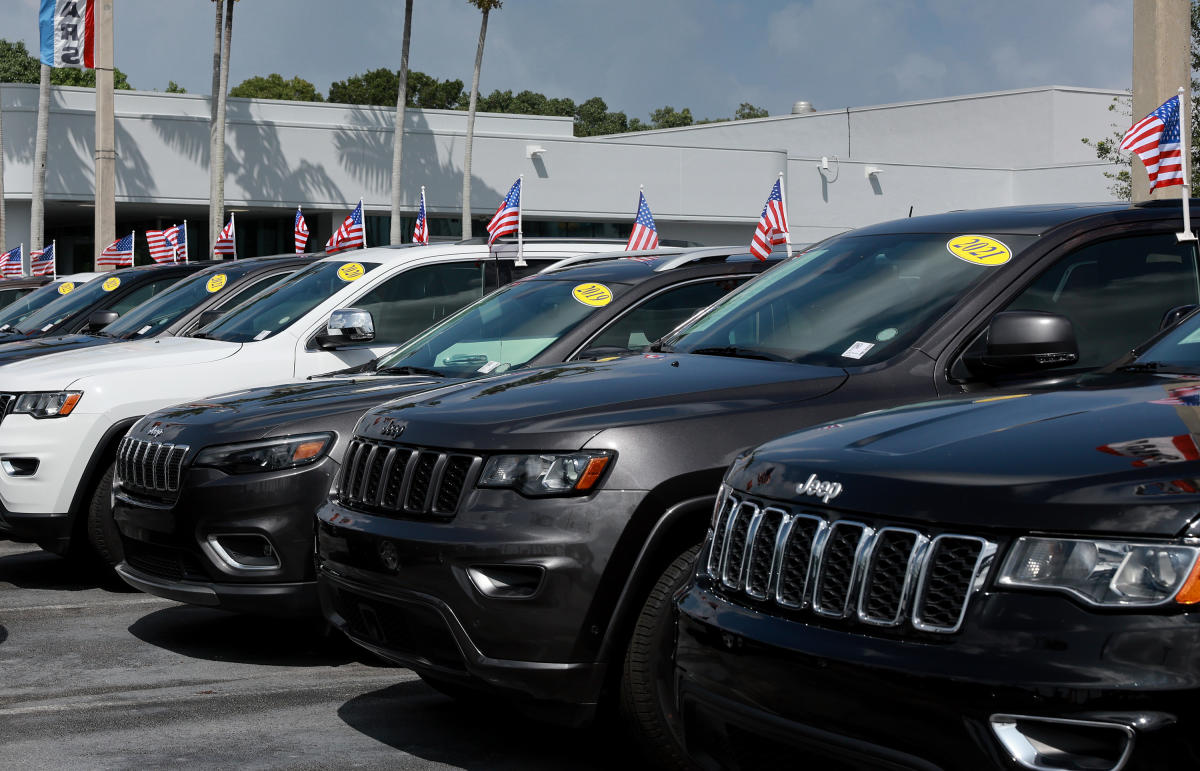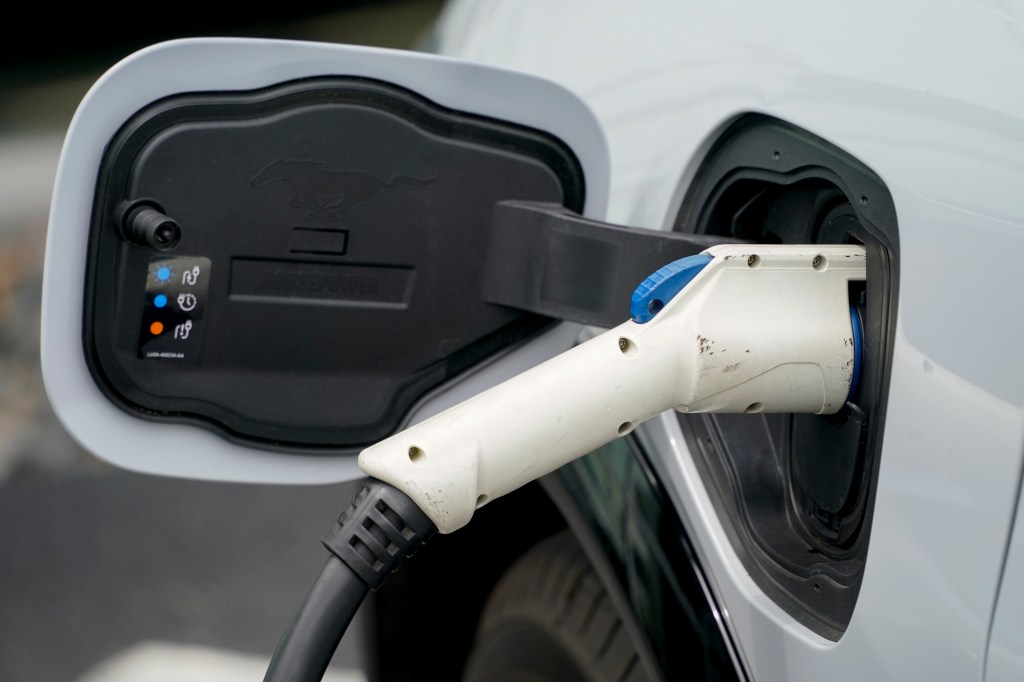EV sales are still facing a lot of headwinds. Ford dealerships in Illinois just won a challenge to Ford's requirement that dealers who sell Ford EVs must provide at least one fast charger at the dealership and train employees on EV sales and use:
A group of 26 Illinois Ford dealers won a legal battle last week that could short-circuit the automaker’s national EV certification program, challenging required fast charger installation and…

www.chicagotribune.com
On another front, a friend just returned from a lengthy overseas trip and was telling us about it this afternoon. There were four EV owners in the group (Lucid Air, Tesla Model S Plaid, Chevy Bolt, VW ID.4), all of whom have been trying to convince this friend that his next car should be an EV. He told us the following tale of woe:
He and his traveling companion landed at Miami International Airport around midnight from Istanbul last Sunday. They had to get home across the state to Fort Myers, a trip of about 130 miles. As they had both been wanting to try an EV, they reserved a Tesla from Avis. Instead, Avis gave them a Mustang Mach-E -- with 62% battery charge. They noticed this when they got in the car but, as the navigation system told them they had 148 miles of range available, they set out on the road shortly after midnight. They had been given no warning or instruction about what highway speeds would do to predicted range and thus accepted the remaining range as accurate.
As they crossed Alligator Alley (a desolate stretch of I-75 through the Everglades with only a Tesla Supercharger station along the route), they noticed that the available range was dropping faster than the miles they were covering. It was now past 1:30 a.m., and with miles still to go on Alligator Alley the car began giving them warnings that they would not reach their destination. Not knowing what to do, they dropped their speed down from around 80 mph to 65 mph, at which point the reduction in remaining range began to match the ground covered. But as they got north of Naples and still about 20 miles from their first stop to drop off my friend at his house, the car began telling them to look for a charging station immediately. They had no idea what to do, other than slow down even more.
They decided to divert to the driver's house, which was a few miles closer. About a mile from his house, the battery charge went to zero and the car began flashing red warnings that the car only had 2 miles of range remaining. They made it to the driver's house. Avis had provided them only with a 110-volt charging cord, and the car was plugged in at the house. By 3:00 p.m. the next day the battery charge was up to 25%, and the car was returned to Avis amid a fair bit of cursing and railing. Avis' only offer of redress for the near-disaster was to waive the recharging fee --
for a car that had been delivered to them with only 62% of charge!
Neither of these guys will be buying an EV any time soon. We spent dinner this evening trying to explain why remaining range estimates seldom track real-world driving, how power usage rises exponentially with speed, and excoriating Avis for delivering them a car with only 62% of charge and no advice about how to interpret range estimates. Our friend held his ground. No EV in his immediate future.

 finance.yahoo.com
finance.yahoo.com

